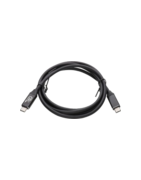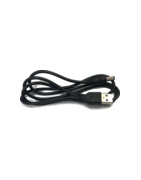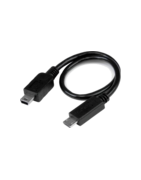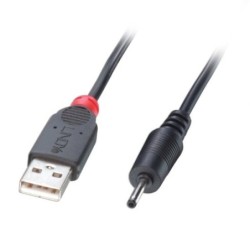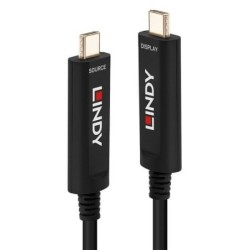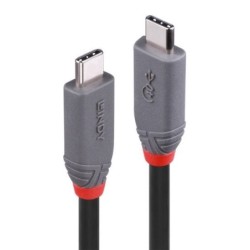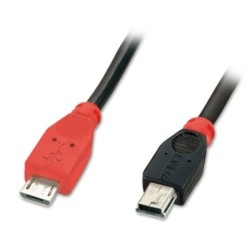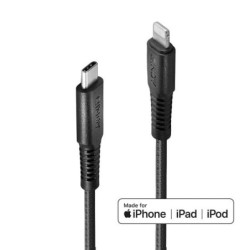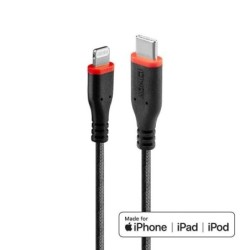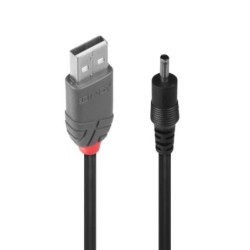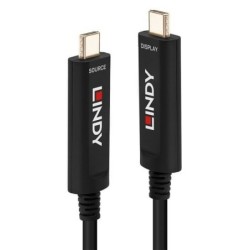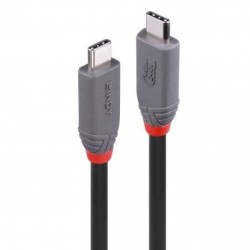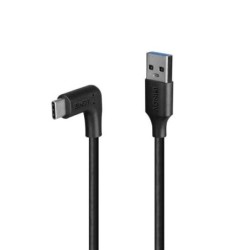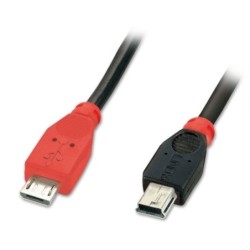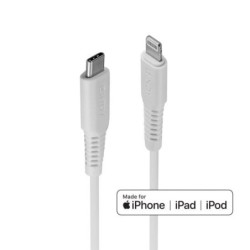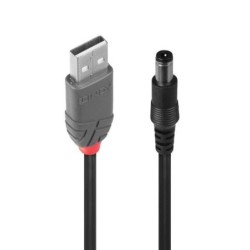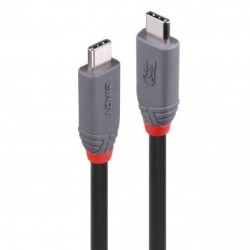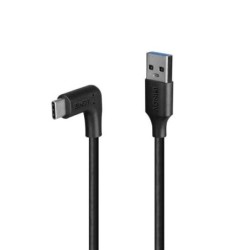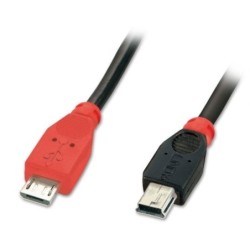USB Cables

Subcategories
-
USB 2.0
A USB 2.0 cable is a hardware interface that connects a computer to various devices like printers, cameras, and external hard drives. It uses the USB 2.0 specification, supporting a maximum data transfer rate of 480 Mbps. USB 2.0 cables are commonly available in Type-A to Type-B configurations, allowing connection to devices with either of those port types.
-
USB 3.2
A USB 3.2 cable is a type of USB cable that supports faster data transfer rates and power delivery compared to older USB standards. It builds upon previous USB 3.0 and 3.1 standards, with newer versions (like Gen 2x2) offering even higher speeds. While USB Type-C is a connector type, USB 3.2 is a data transfer standard that can be used with various connector types like USB Type-A and Type-C.
-
USB 4
A USB4 cable is a cable that supports the USB4 data transmission protocol, offering significantly faster data transfer speeds than previous USB versions. It uses a USB-C connector and can achieve speeds up to 40 Gbps. This makes it suitable for tasks like transferring large files quickly, streaming high-resolution videos, and connecting external devices with high bandwidth requirements.
-
USB Type C
A USB-C cable is a versatile connector that provides a single interface for power delivery, data transfer, and video output. It's known for its small, reversible design and the ability to support high-speed data transfer and fast charging. USB-C is becoming a standard, replacing older USB connectors and other ports like HDMI and DisplayPort.
-
USB Power
-
Lightning (iPhone & iPad)
A Lightning cable is a proprietary connector and cable type created by Apple for connecting their devices (iPhones, iPads, etc.) to computers, power adapters, and other peripherals for charging and data transfer. It's known for its reversible connector, meaning you can plug it in either way, and its ability to support both charging and data transfer.
-
OTG
An OTG (On The Go) cable is a special type of USB cable that allows a mobile device (like a phone or tablet) to act as a host, connecting to other USB devices like flash drives, keyboards, mice, or cameras. It essentially lets you use external USB devices with your smartphone or tablet without needing a computer.



